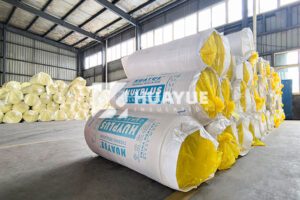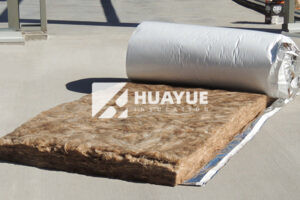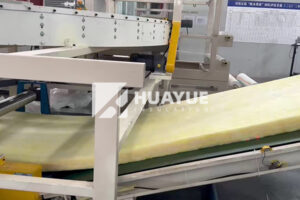How thick should fiberglass insulation be?
Struggling to keep your building warm in winter and cool in summer? The problem may be all in the thickness of your fiberglass insulation.
Proper fiberglass insulation thickness depends on your building type, local climate, and energy codes. In most cases, you’ll need 6-12 inches (about 150-300mm) of fiberglass to meet modern standards.
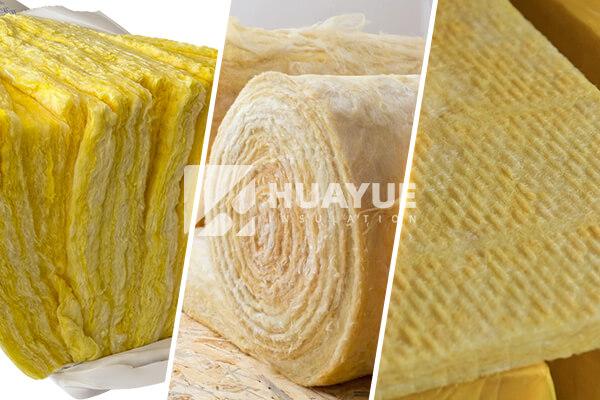
Choosing the right thickness for fiberglass insulation can seem confusing. Some people just trust what their contractor says. Others buy whatever is at the local store and hope for the best. But if you know what really matters, you can make a better choice for comfort and cost savings. Let’s break down the questions you should ask before picking your insulation.
How thick does fiberglass insulation need to be?
Many people guess or use whatever insulation thickness is available. But using the correct thickness makes a big difference in energy bills and comfort.
Standard insulation thicknesses range from 3.5 inches for walls to 12 inches for attics. These numbers follow energy codes, but the right answer depends on local climate and the place being insulated.
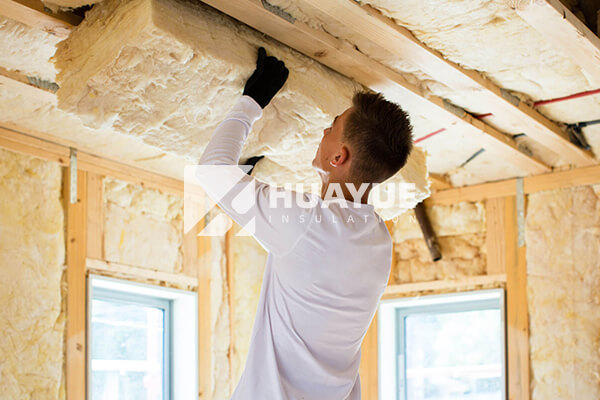
When I select the insulation thickness for a project, I begin with local building codes. Most codes want higher R-values in cold areas. For walls in most homes, fiberglass batts are 3.5 inches (R-13 to R-15). For attic floors, I usually see up to 12 inches (R-38). Commercial buildings or tanks have different needs. For example, in my experience with storage tanks facing extreme temperature shifts, thicker layers—up to 10 or 12 inches—ensure steady interior conditions.
Here is a basic table of recommended thickness by building part and climate:
| Area | Mild Climate | Cold Climate | Extreme Cold |
|---|---|---|---|
| Attic | 8-10 inches | 10-14 inches | 14-16 inches |
| Exterior Wall | 3.5-6 inches | 6-8 inches | 8-10 inches |
| Floor over Unheated Space | 6-8 inches | 8-10 inches | 10-12 inches |
| Industrial Tanks | 4-8 inches | 8-12 inches | 12+ inches |
Always check your local building codes for minimums. These guidelines cover basic homes and general storage, but industrial projects or chemical plants, like those I work with, need special review.
What is the R-value of fiberglass per inch?
People often hear about R-values but may not know how it links to insulation thickness.
Fiberglass insulation usually gives about R-2.9 to R-3.8 per inch. The higher the R-value, the better the insulation performs.
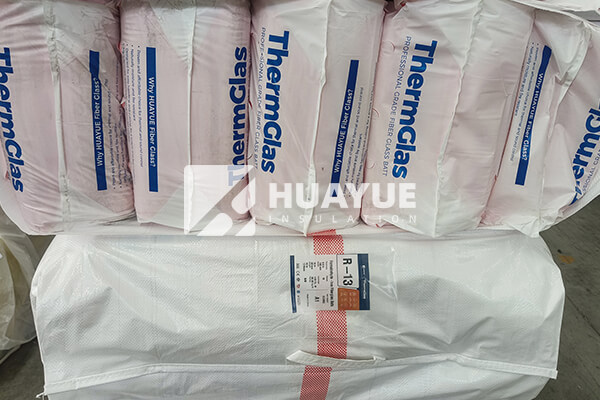
Every time I discuss insulation with clients, the topic of R-value comes up. The R-value measures how well insulation keeps heat in—or out. Fiberglass batts can range from R-2.9 to R-3.8 per inch. For example, a 6-inch batt can deliver around R-19, enough for most walls or attic floors if your area’s building code requires R-19 or less.
Let’s look at a quick R-value calculation for fiberglass:
| Thickness (inches) | Approx. R-Value |
|---|---|
| 3.5 | R-11 to R-13 |
| 6 | R-18 to R-21 |
| 9 | R-26 to R-34 |
| 12 | R-35 to R-45 |
Most times, the denser the fiberglass, the higher the R-value per inch. If you pick a thicker or higher-density option, you will get better thermal performance. Always be sure the insulation fits tightly and leaves no gaps. Even good R-value insulation will not work well if it is installed poorly.
How Thick Should My Insulation Be For Maximum Efficiency?
Adding more insulation always helps, right? Not always. There’s a point when more is not better.
For most walls, 3.5 to 6 inches is enough. For attics or ceilings, 10 to 16 inches gives the best results. After a certain thickness, extra insulation brings less benefit for much more cost.
When I plan upgrades for clients who want energy savings, I balance cost and comfort. Insulation saves money every year by reducing heating and cooling needs. But after a certain thickness, that extra inch of insulation costs more than it saves.
Here’s a basic guide for maximum efficiency in a home:
| Area | Common “Best” Thickness |
|---|---|
| Attic | 10-16 inches (R-38 to R-49) |
| Walls | 3.5-6 inches (R-13 to R-21) |
| Floors | 6-10 inches (R-19 to R-30) |
For industrial tanks, the logic is the same. I have seen tanks where insulation was doubled, hoping for double the energy savings. The results? Only a small extra gain, but much higher costs. The right thickness depends on your tank’s temperature, outdoor conditions, and budget.
Tips for Improving Insulation Efficiency
Getting the thickness right is important. However, there’s more to insulation than just how thick it is.
You can increase insulation efficiency by sealing air leaks, installing vapor barriers, and choosing the right material density. Installing carefully matters as much as the material.
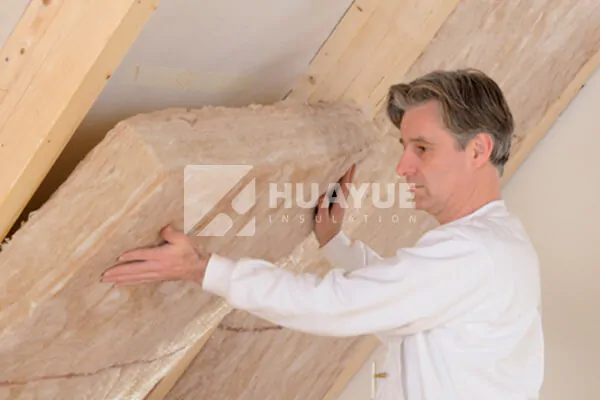
Many times, I see projects where the right thickness is used, but poor installation ruins the results. For best performance:
- Always use vapor barriers on the warm side to stop moisture.
- Seal all joints, gaps and holes before insulating.
- Compressing fiberglass batts makes them less effective; let them stay fluffy.
- Combine different insulation types if needed (use rigid foam boards plus batts).
- Check for proper fit in corners and around pipes.
For industrial tanks or special applications, I recommend working with an experienced supplier. At HUAYUE Group, we often provide advice on combining fiberglass with foam glass or rock wool for special needs. The right mix, along with great installation, will always beat just adding more thickness.
Conclusion
Choosing the right fiberglass insulation thickness saves energy, controls temperature, and reduces costs—when matched with careful installation and the correct R-value for your building’s needs.
You may also be interested in:
Ready to Get Started?
Get in touch with our experts for personalized solutions tailored to your needs.
Get Free QuoteLatest Articles

Fiberglass Insulation Roll - What’s Inside the Roll?
Dec 22, 2025
Let's Work Together
Ready to take your business to the next level? Get in touch with our team of experts and let's discuss how we can help you achieve your goals.
Get Free Solutions
